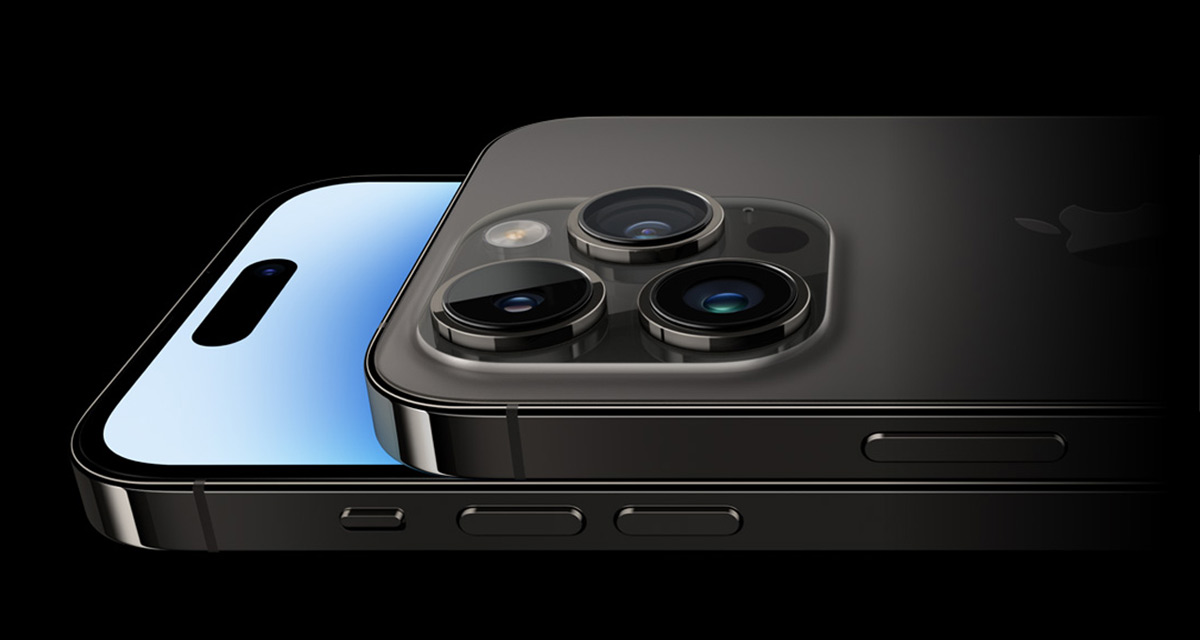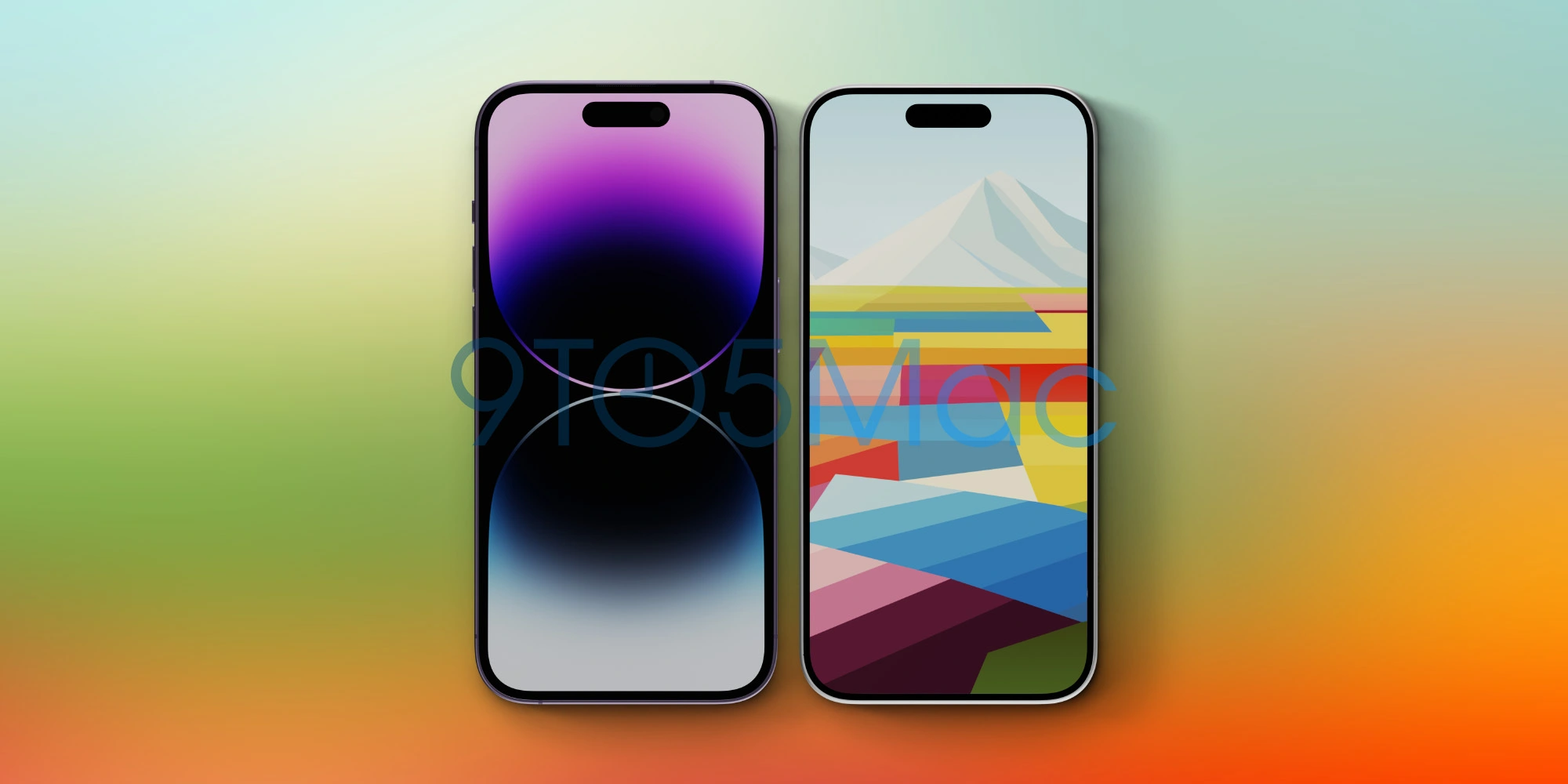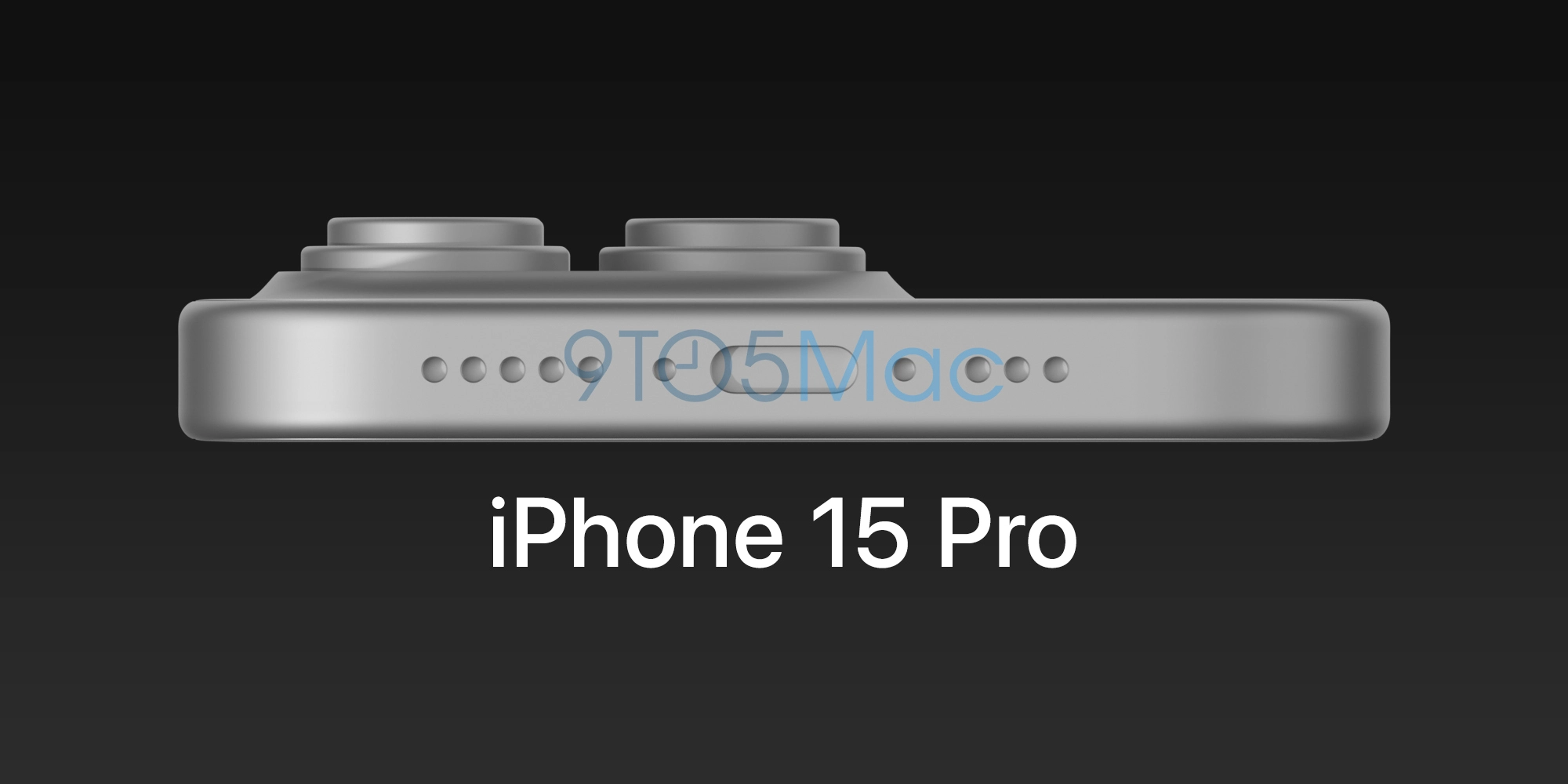Apple is very much expected to announce a new round of iPhones later this year, starting with the iPhone 15 and continuing into the iPhone 15 Pro. And it’s the latter that is the most interesting because of a rumored change in design. Now, a new leak shows what that new design will look like in the form of CAD renders.
Those CAD renders were shared by 9to5Mac which says that they are based on files “from a factory out of China.” The outlet suspects that the factory is the first to get these files, hence the lack of leaks before now.

As for what these new renders show, it’s all looking very good indeed. We’d already heard that the iPhone 15 Pro and iPhone 15 Pro Max would have thinner bezels than other iPhones and that’s shown in these renders. As is the rumored USB-C port — something that we’re expecting across the entire iPhone 15 lineup come September time.
Other notable additions in these renders are new buttons, which seem to back up previous Ming-Chi Kuo reports that they will be capacitive rather than physical.
On the side of the phone, we can see some changes to the volume rockers and the mute switch. The volume rockers look like capacitive buttons instead of physical ones, which has been rumored. Given the renders we can not say this for certain, but it seems very likely. The mute switch also looks redesigned, with a smaller and rounder shape similar to that of the capacitive buttons.

The overall body of the iPhone 15 Pro is expected to be slightly smaller than that of the iPhone 14 Pro thanks to the slimmer bezels and that’s something that’s clear when the render is placed beside that of the current high-end model.

We can surely expect more leaks between now and the phones being announced in September, but for now this is the biggest leak we’ve seen to date.
You may also like to check out:
- Download: iOS 16.3.1 Final OTA File, IPSW Links Out Now
- How To Fix Bad iOS 16 Battery Life Drain [Guide]
- Jailbreak iOS 16.3.1 On iPhone And iPad Latest Status Update
- iOS 16 Compatible And Supported iPhone, iPad, iPod touch Devices
- iOS 16 Hidden Features: 100+ Changes Apple Didn’t Tell Us About
- Download: iPadOS 16.3 Final OTA File, IPSW Links Released
- Install macOS Ventura On Unsupported Macs Using OpenCore, Here’s How
You can follow us on Twitter, or Instagram, and even like our Facebook page to keep yourself updated on all the latest from Microsoft, Google, Apple, and the Web.

